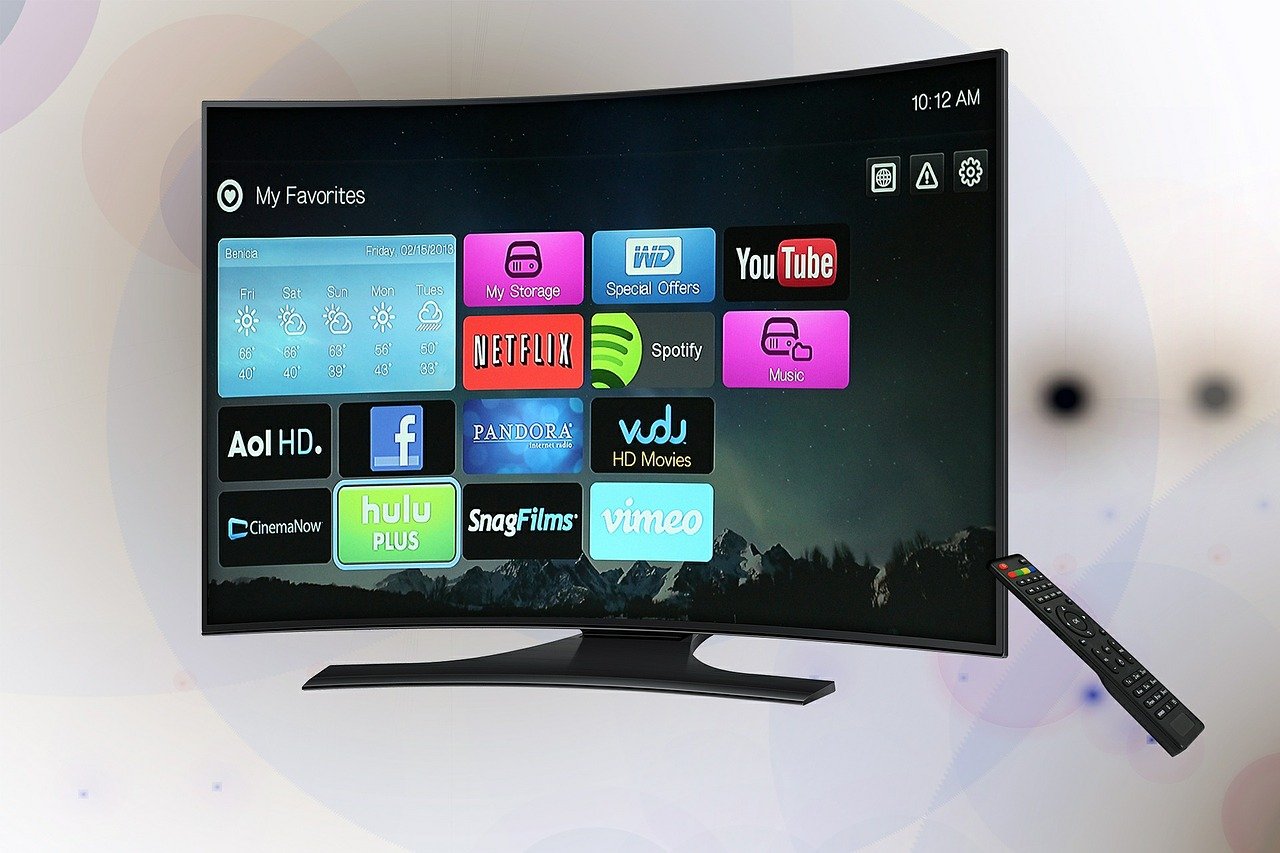By Andy Fuller

The way we consume content on our televisions is in the midst of a revolution; one accelerated by the onset of COVID-19. People find entertainment via new channels outside of traditional linear or cable formats. In fact, Samsung has found that in Europe, linear television is making up a smaller and smaller proportion of people’s total TV viewing. Meanwhile, between 2013 and 2019, the number of people watching television offline dropped from 98% to 86% in the Middle East and North Africa (Mena).
Reaching audiences engaging with TV mostly via video on demand (VOD) means that brands have to rethink their entire approach to TV advertising. They must account for changing viewership habits in order to reach the same audience they once found through linear TV – including addressable TV channels, which includes connected TV (CTV), as a central element to any TV campaign. However, it’s not merely a straightforward replacement. There are additional advantages to addressable TV advertising over and above traditional linear. It allows for targeted advertising tied to identity: therefore enabling laser-sharp focus on a rewarding audience segment and improving ROI. However, this is only possible when addressable TV is treated as a distinct digital channel.
The case for CTV
I mostly rely on VOD rather than broadcast channels for TV, and I notice that the CTV ads pushed to me have often little or no relevance to my lifestyle – like dog food ads, when I have a cat. This is exactly like ‘normal’ TV – and it means those advertisers are not leveraging the customer segmentation capabilities of CTV – they are merely using demographic data or contextual data on the shows I watch rather than using an informed profile to ensure the ads that reach me are relevant and likely to resonate with me. This is crucial: many marketers are under-utilizing and unaware of the vast amount of data that can also be applied to CTV campaigns. This means they are not making the most of the full inventory of data that can help spend to drive results.
Traditional linear TV is great for scale, but there is a challenge in that marketers have difficulty segmenting out audiences or learning about the impact on the viewer and their actions. Relying on demographical data and context might tell us that a certain sports event has a certain audience type, but does not account for the individual variety and therefore excludes potentially rewarding audience segments. In addition, attribution to a certain measurable action is challenging. This is where CTV steps in: its enhancement of measurement on a TV campaign can make placements more actionable for marketers.
Data-driven opportunities
With CTV, Smart TV represents a real person or household. With that signal, advertisers can learn more about who they deliver an ad to and – if they have the right data set – can learn what that identity does after viewing the ad. Our recent campaign with the Department of Culture and Tourism for Abu Dhabi targeted US customers who had shown interest in Abu Dhabi. We were able to target carefully selected audiences on premium CTV inventory at the travel decision point, creating awareness about Abu Dhabi as a cultural destination in the Middle East, while at the same time increasing booking numbers. Delivering these audiences within the purview of our analytics meant we were able to quantify identities and measure this impact, demonstrating the bottom-line impact of the campaign on results. Through CTV, we were able to effectively target and also to understand the audience via a measurable picture of a viewer’s behaviour before and after seeing the ad, built using a data ecosystem that combines data points to understand individual people.
CTV allows advertisers to go beyond demographic and contextual targeting into behavioural targeting, and also means brands are able to truly measure their results. This in turn enables constant optimization and drives truly effective campaigns. The Abu Dhabi campaign contributed to generating US$2.75 million in hotel bookings for the city and a 200% incremental year-on-year uplift in hotel bookings YOY. It also fuelled a 270% incremental uplift in search interest and engagement, building an improved CRM database for future marketing initiatives.
Maximising CTV
Advertising through any channel can only be as effective as the dataset it relies upon. With innovations in television advertising mediums like CTV, brands can maximize ROI by gaining access to an identity-based ecosystem of data that enables omnichannel tracking to allow for success measurement. This means having a significant pool of identities (individuals) and knowledge of what those individuals are doing or about to do so that advertisers can create an addressable, relevant audience segment to target. They then need the right measurement infrastructure in place to measure how those people respond to advertising after they view the ad.
As advertising transforms thanks to tech innovations across the board, TV is a channel at the forefront of these developments. Where once marketers relied on qualitative insights around advertising effectiveness, we now can quantify and measure the results of a given campaign. However, this relies upon having access to the right kind of identity ecosystem: ensuring that advertisers have the best knowledge, resources, and data assets to improve CTV efforts. Once the technology is in place, advertisers can get to work on maximising creative and doubling down on the audiences that matter.










